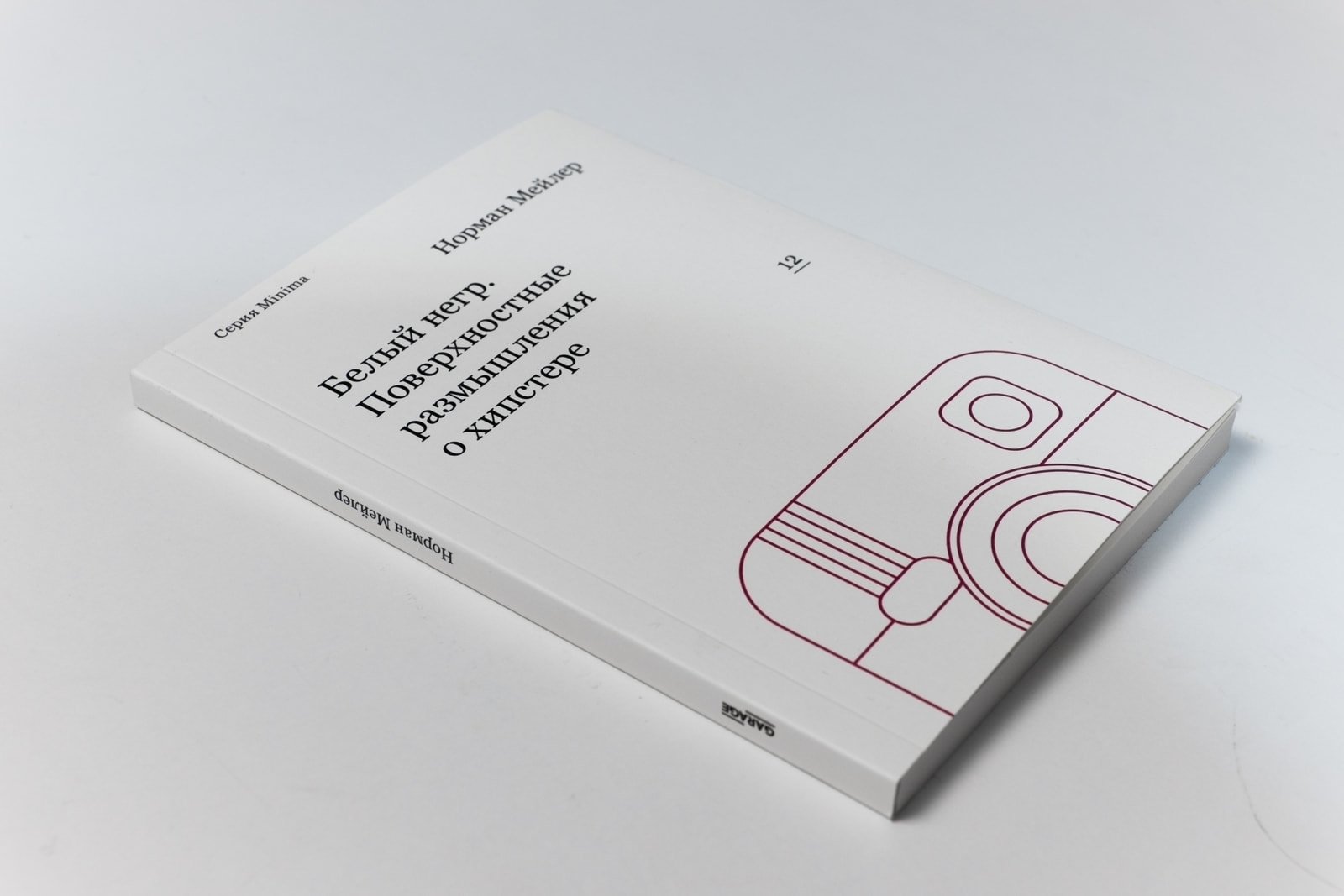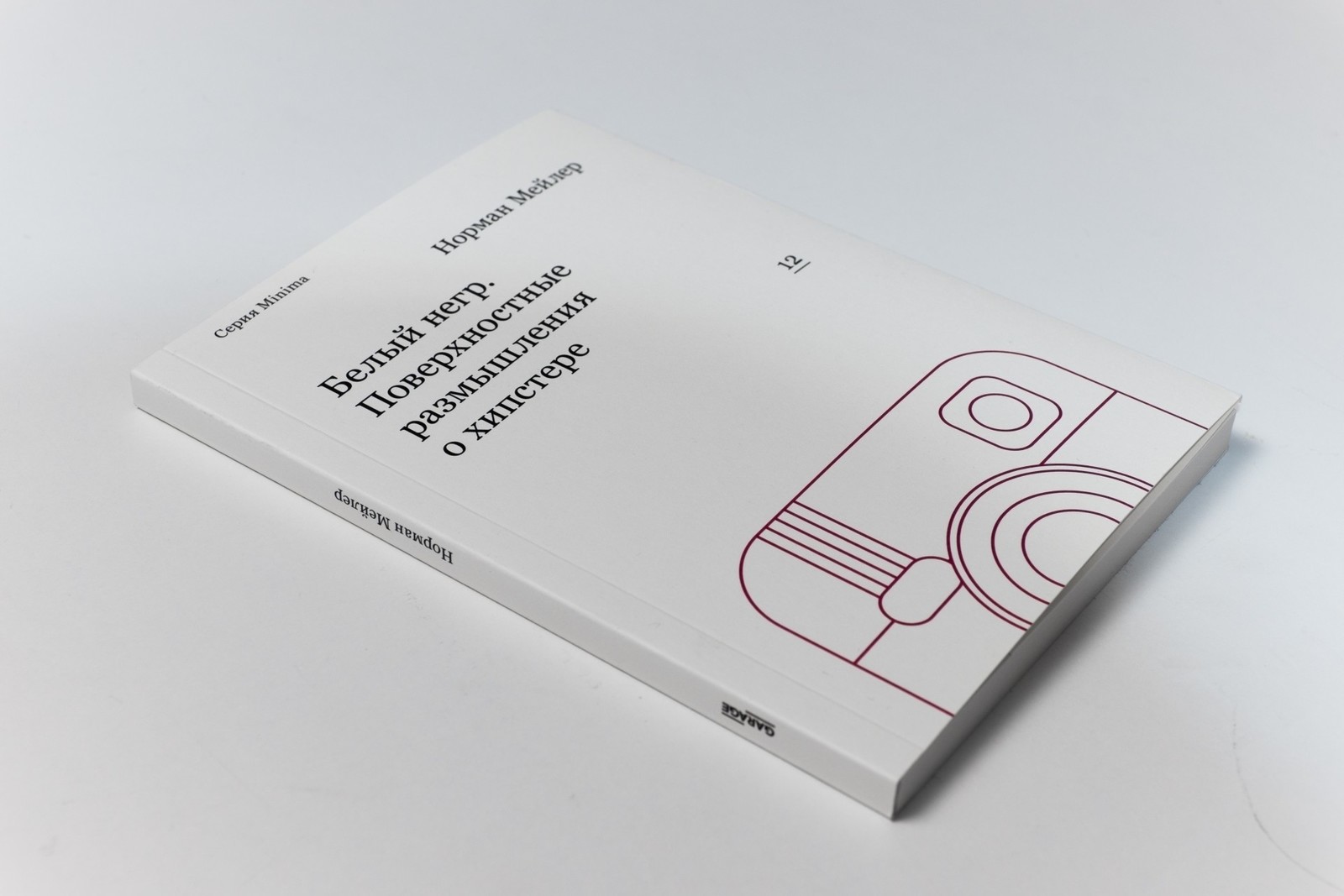Norman Mailer’s 1957 essay is the founding manifesto of hipsterism that anticipated the explosion of the diverse counterculture movements of the 1960s.
In his seminal essay, first published in 1957, Norman Mailer offers an analysis of the hipster, a social phenomenon specific to the United States of the 1920s–50s. Mailer defines hipsters as the young people who have rejected conformity, adopting the African-American culture as their own. This means more than a love of jazz and swing, a scruffy look and a specific language. Just like the black population of dangerous neighborhoods, the hipster lives with death as an immediate danger. Unwilling to waste his precious time on intellectual work and self-development, he is after sensory experiences and the immediate satisfaction of his basic needs. This explains the radical importance of sexual liberation in the hip culture: to the hipster, good sex is a sign of a good life, as well as a source of energy and inspiration.
According to Mailer, the hipster is a rebel, confronting his own kind as much as the other. A borderline personality prone to aggression and violence, he is only concerned with his own desires: despising social norms, he is neglectful of other people.
Borrowing from psychoanalysis, Norman Mailer provides us with a description of a new type of marginal behavior adopted by some of his contemporaries. The essay offers an opportunity to trace the development of the notion of the hipster, widely used by today’s media, back to its origins.



